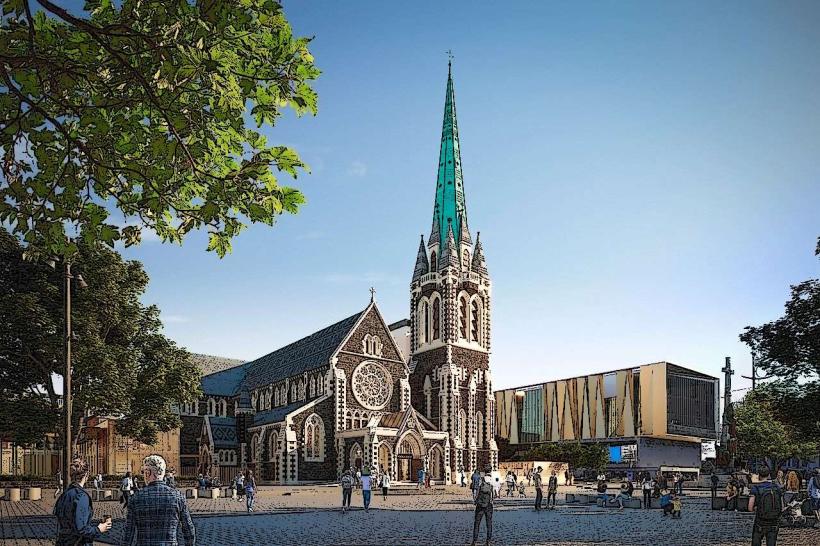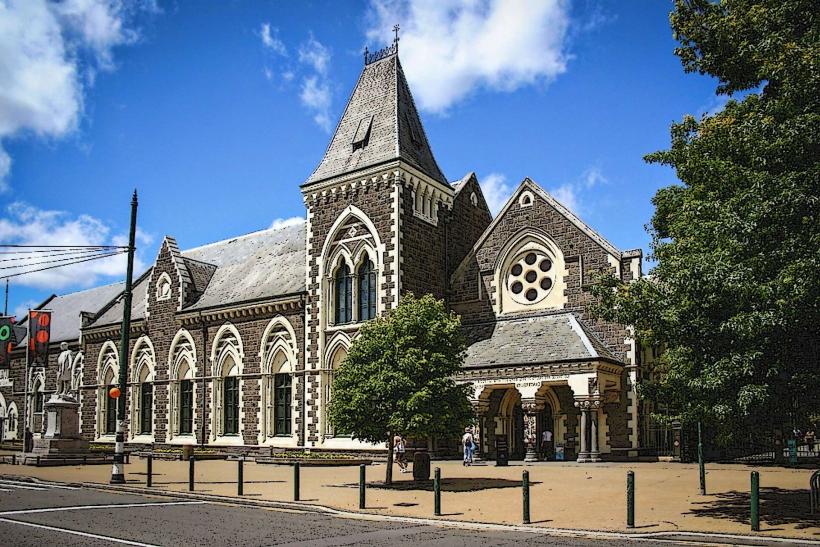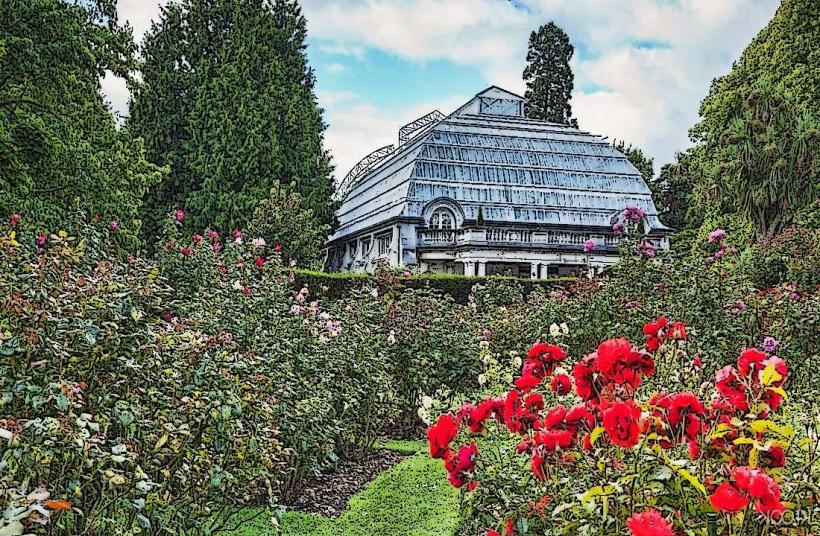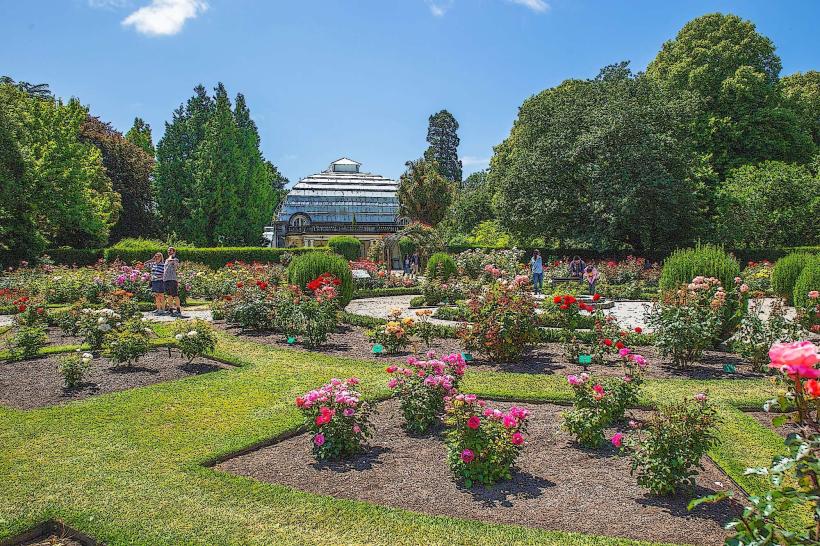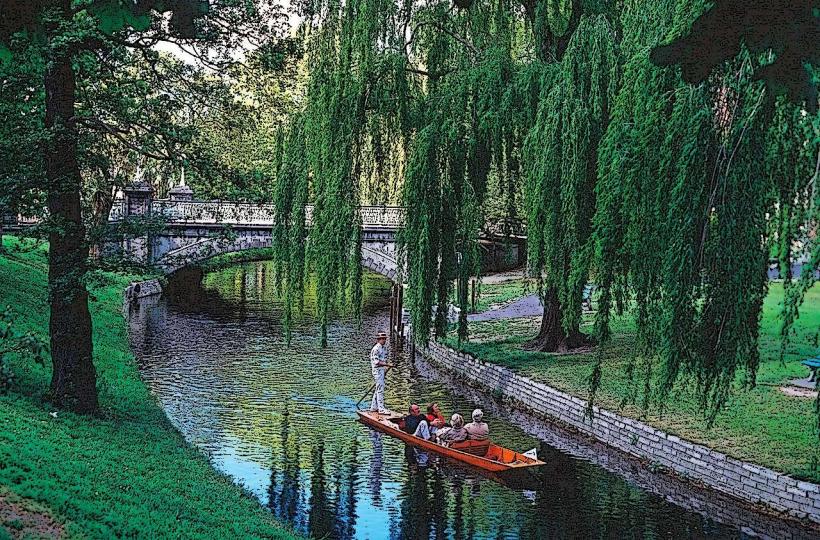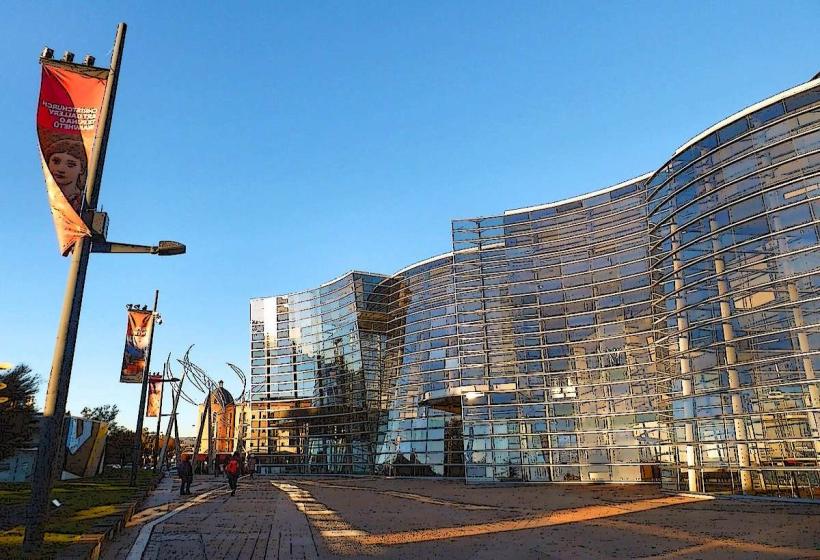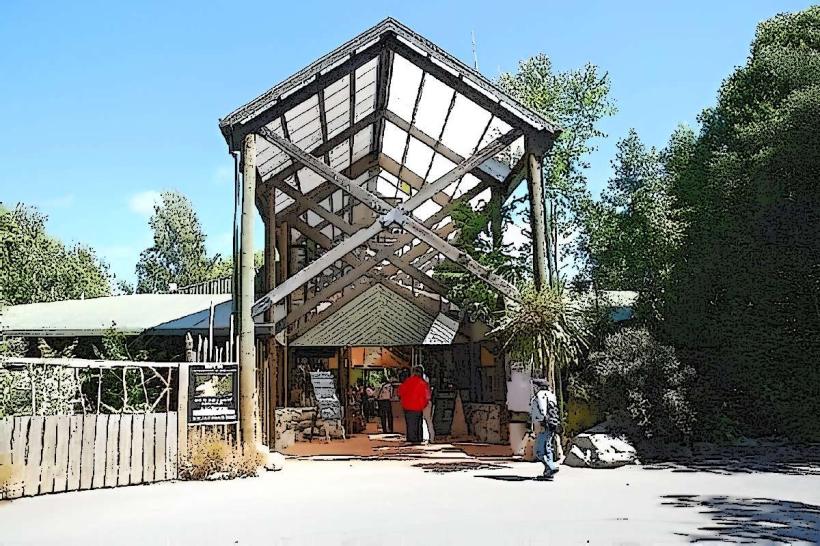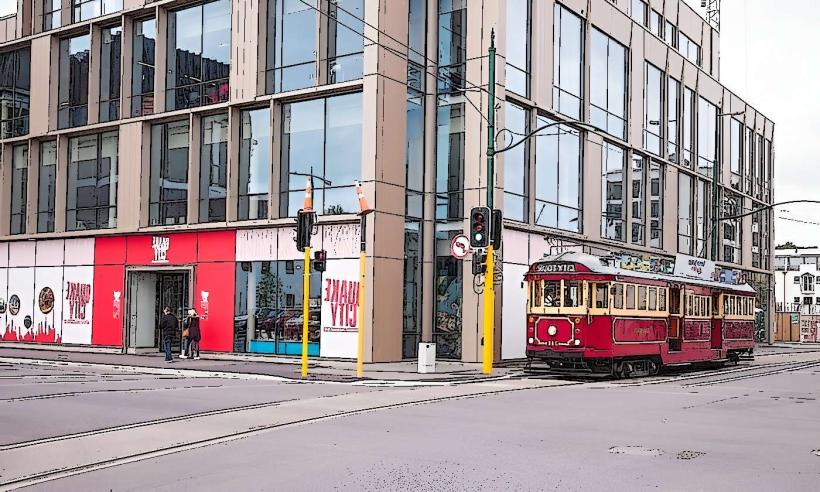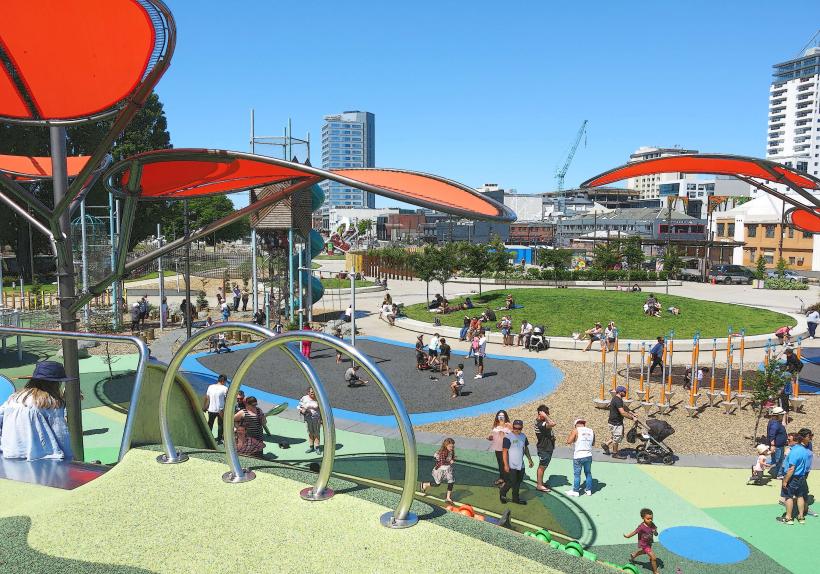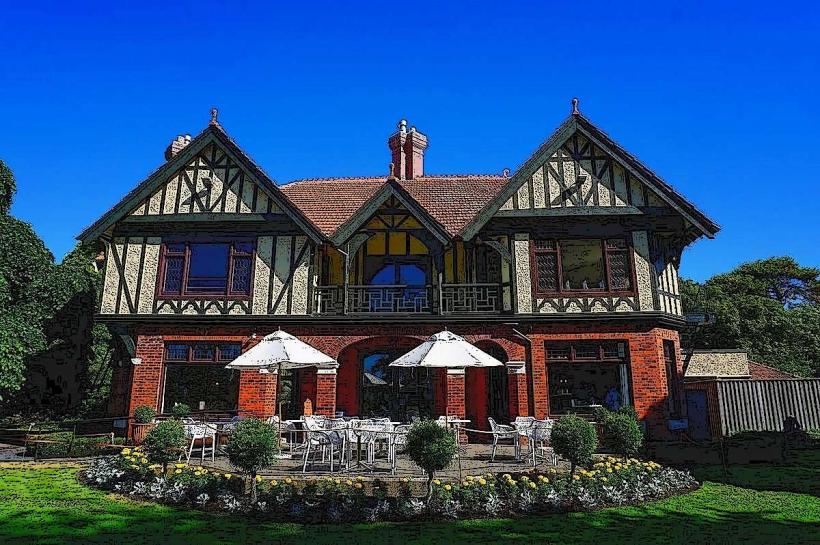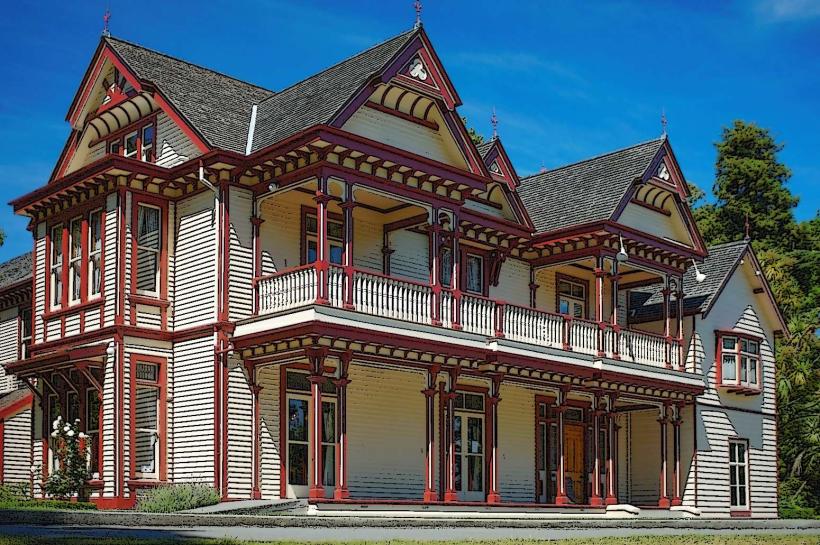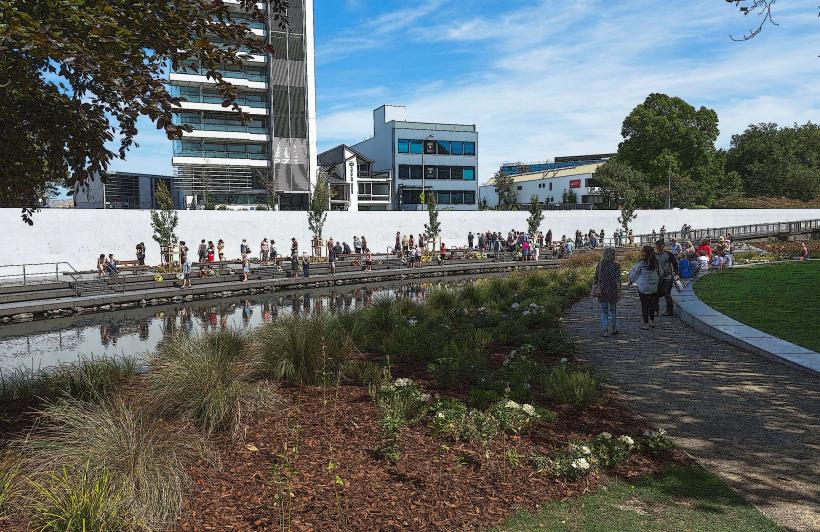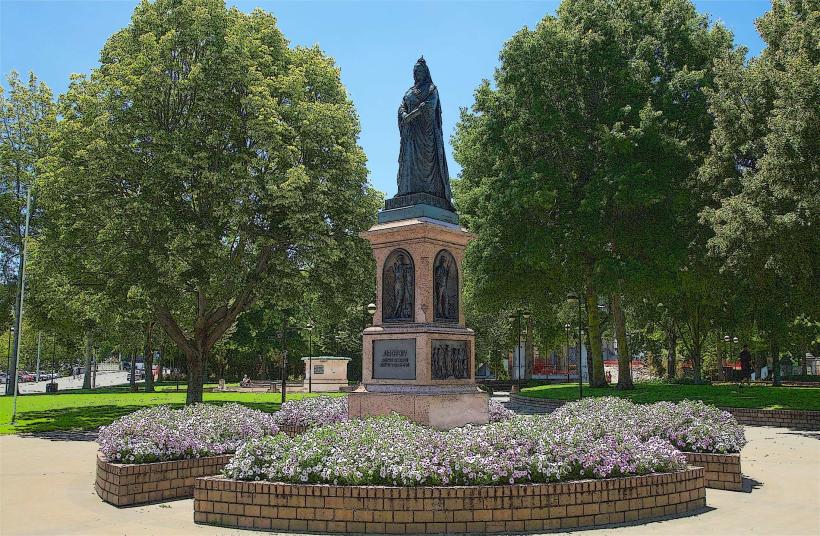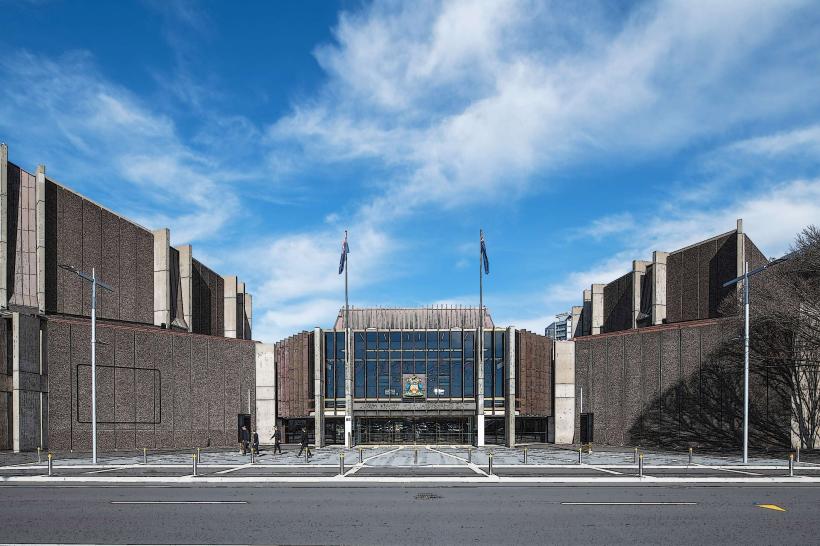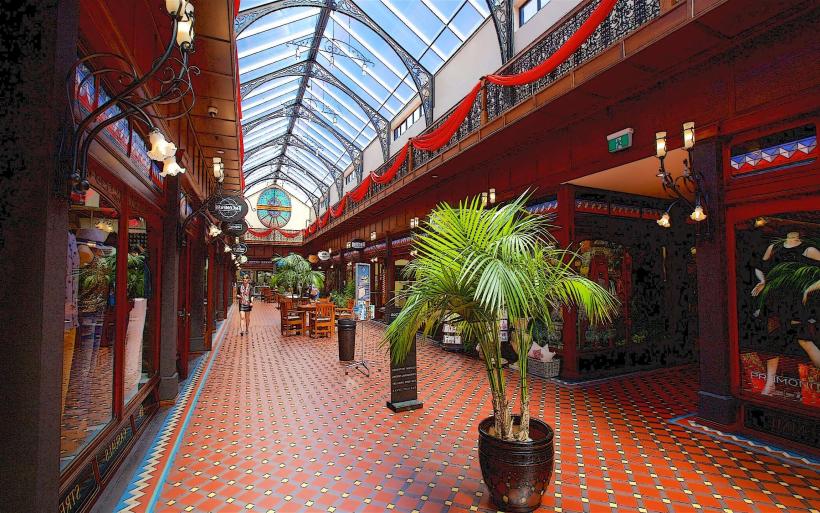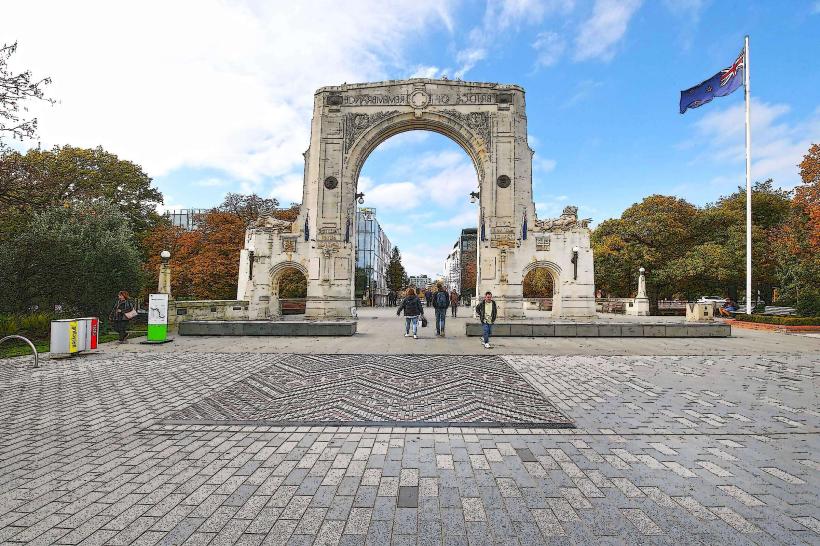Information
Landmark: Cardboard CathedralCity: Christchurch
Country: New Zealand
Continent: Australia
The Cardboard Cathedral (also known as the Transitional Cathedral) is a unique and iconic building located in Christchurch, New Zealand. It is an innovative structure built in response to the destruction of the original Christchurch Cathedral during the 2011 Christchurch Earthquake. The Cardboard Cathedral was designed as a temporary solution while the city rebuilt its historic buildings, but it has become a symbol of the city's resilience and recovery.
Key Features of the Cardboard Cathedral:
1. History and Background
The original Christchurch Cathedral, located in Cathedral Square, was heavily damaged in the 2011 earthquake, which caused severe structural damage and rendered it unsafe. In the aftermath, the community and authorities looked for ways to restore the spiritual and community functions of the cathedral while preserving the city's heritage.
Architect Shigeru Ban, a Japanese architect known for his innovative use of cardboard tubes in construction, was commissioned to design a temporary structure that could serve as a place of worship and community gathering. His design aimed to provide a sense of hope and continuity during the rebuilding process.
2. Design and Structure
The Cardboard Cathedral is a strikingly modern and minimalist building made primarily from cardboard tubing. The structure uses around 98 cardboard tubes (each approximately 200mm in diameter), which are arranged in an arched formation to form the cathedral’s roof and walls. The use of cardboard in the design was not only a creative solution to building in the aftermath of a disaster but also an environmentally sustainable choice.
The building is a triangular prism shape, which provides both structural strength and an iconic silhouette. The design has a distinct and futuristic look, with the cardboard tubes creating a ribbed texture that gives the building a sense of movement and flow.
The cathedral has a length of 18 meters (59 feet) and can accommodate up to 700 people. The interior is designed with simplicity in mind, with light-colored timber and polished concrete floors, creating a serene and peaceful atmosphere.
3. Materials Used
The most notable material used in the construction is cardboard. The tubes used for the roof and walls are made from recycled paper, which has been compressed and treated to be both lightweight and durable. The cardboard is designed to withstand the elements and is treated for fire resistance and weatherproofing.
Other materials include steel for the frame, timber for the flooring, and glass for the windows. The contrast between the natural wood and the light-colored cardboard tubes gives the interior a warm, welcoming feel, while the transparent glass allows natural light to fill the space.
4. Function and Purpose
The Cardboard Cathedral serves as a place of worship, hosting regular services, weddings, and other religious ceremonies. It is also used for community events and cultural activities. The cathedral has become a focal point for both locals and visitors, offering a space for reflection, peace, and spiritual connection.
It is important to note that although the building was intended as a temporary solution, it has now become a permanent fixture in Christchurch’s skyline, symbolizing the city’s resilience and commitment to rebuilding after the earthquakes.
5. Iconic Features
The Large Cross: One of the most striking features of the Cardboard Cathedral is the large cross made of wooden beams, which is positioned prominently above the altar. The cross is visible from the outside of the cathedral and serves as a powerful symbol of faith and hope.
Stained Glass Windows: The cathedral features beautiful stained-glass windows that were designed by local artists. These windows incorporate elements of nature and spirituality, with themes such as the creation story, Christ’s life, and the rebirth of Christchurch following the earthquake.
The Bell: The cardboard cathedral houses a bell, which was brought from the original Christchurch Cathedral. The bell is used to mark significant moments, such as services and special occasions.
6. Cultural Significance
The Cardboard Cathedral has become an important symbol of Christchurch’s recovery. It represents the resilience of the city and its people after the devastating earthquake. The building serves as a reminder of the strength of the community, the willingness to embrace innovative solutions, and the role of architecture in healing and rebuilding.
The Cardboard Cathedral is also a symbol of global cooperation. The construction was made possible through a collaboration between architects, engineers, builders, and the people of Christchurch, all of whom contributed to the realization of the project.
7. Architectural Recognition
- The Cardboard Cathedral received widespread recognition for its innovative and sustainable design. It won numerous awards, including the prestigious New Zealand Institute of Architects’ Public Architecture Award. The design has been celebrated for its creativity, environmental sustainability, and its ability to bring together modern architecture with the spirit of the community.
8. Visitor Experience
The Cardboard Cathedral is open to the public, and visitors are welcome to explore the building and learn about its design, materials, and the history behind its creation. The cathedral offers informative displays that provide insight into the engineering and design challenges overcome during its construction.
The cathedral is also a popular tourist attraction in Christchurch, drawing visitors from around the world who are interested in its unique design and role in the city’s recovery. Guided tours are available, and visitors can learn more about the process of rebuilding Christchurch after the earthquake.
9. Ongoing Role in Christchurch
The Cardboard Cathedral continues to serve as a spiritual center and a place of community in Christchurch. While it was initially intended as a temporary solution, it has become a beloved part of the city’s landscape and a testament to the power of innovation and creativity in the face of disaster.
The building’s role in the city is expected to evolve as Christchurch continues its recovery and reconstruction. While plans for the rebuilding of the original Christchurch Cathedral continue, the Cardboard Cathedral remains a lasting reminder of the city’s strength and its ability to embrace new ideas.
Summary
The Cardboard Cathedral in Christchurch is a remarkable architectural landmark that symbolizes the resilience, creativity, and determination of the city and its people after the 2011 earthquake. Designed by Shigeru Ban using sustainable materials like cardboard, the cathedral stands as a temporary yet permanent fixture in the city’s landscape, offering a place of worship, reflection, and community gathering. With its innovative design, the Cardboard Cathedral has become an iconic symbol of hope and recovery for Christchurch.

